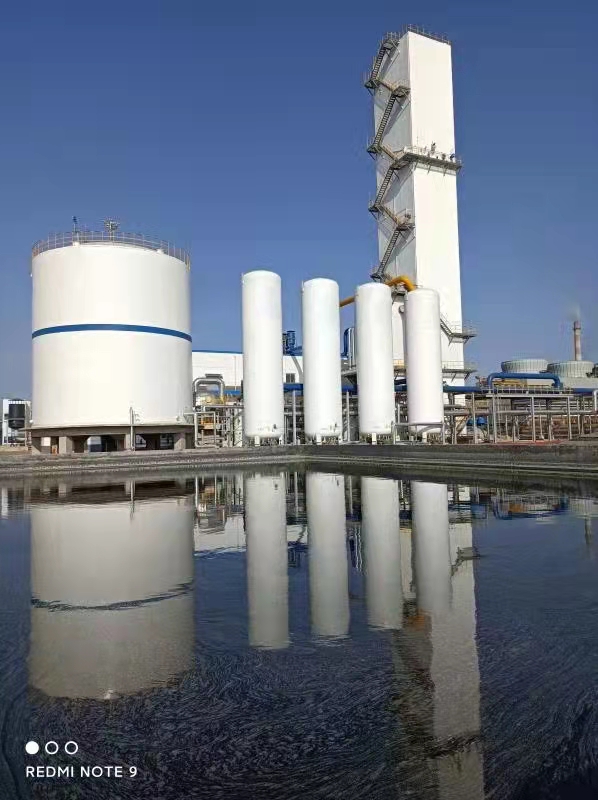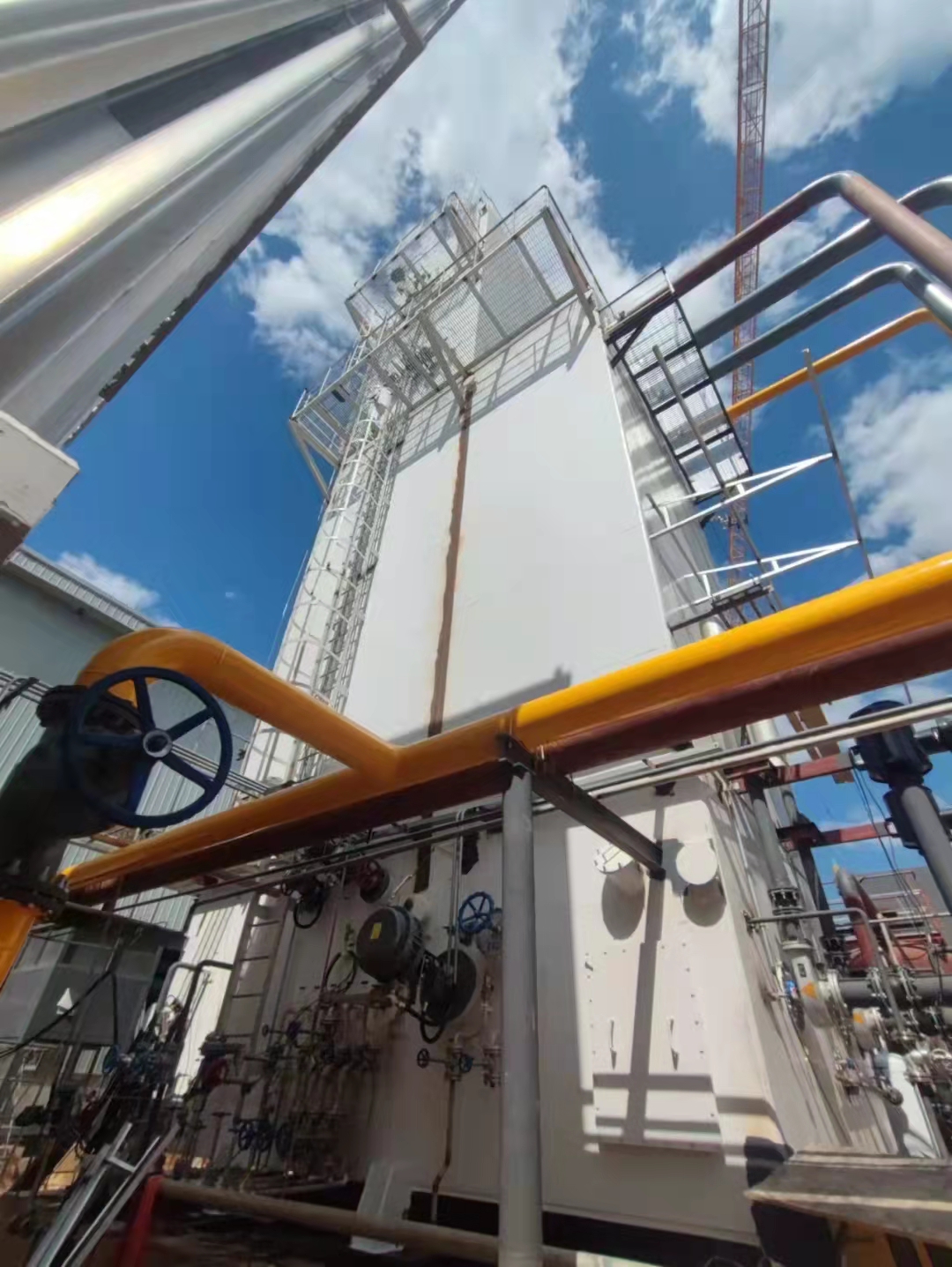-
WhatsApp / Mob : +8618936889762
-
Email : gaoyuu@njbangwin.com
WhatsApp / Mob : +8618936889762
Email : gaoyuu@njbangwin.com
Categories
Latest blog
Tags
The Ingenious World of Air Separation Plants and Their Vital Role
Aug 19 , 2023In the realm of industrial gas production, air separation plants and their core component, the air separation unit (ASU), are the unsung heroes that enable a multitude of critical processes. These marvels of engineering play a pivotal role in separating atmospheric air into its primary components, unlocking a world of possibilities across various industries. In this blog post, we will explore the intricate workings of air separation plants, delve into the mechanics of air separation units, and highlight their paramount importance.
1. Air Separation Plants: Meeting the Demand for Industrial Gases
Air separation plants are sophisticated industrial facilities designed to extract essential gases from atmospheric air. These plants cater to the diverse requirements of industries such as healthcare, metallurgy, chemical manufacturing, and electronics. The primary gases produced include oxygen, nitrogen, and argon, each with its unique applications. Air separation plants are instrumental in ensuring a reliable and consistent supply of these gases to meet the world's ever-growing demands.
2. The Core Component: Air Separation Units (ASUs)
At the heart of air separation plants lies the air separation unit (ASU). ASUs are intricate systems employing various techniques, including cryogenic distillation and pressure swing adsorption (PSA), to separate air into its constituent gases. Cryogenic distillation is the most prevalent method, relying on the differing boiling points of the gases to achieve separation. ASUs are modular and adaptable, allowing for customization to meet the specific purity and volume requirements of different industries.
3. Cryogenic Distillation: The Gold Standard in Separation
Cryogenic distillation is the gold standard for large-scale gas separation in air separation units. It operates on the principle of cooling air to cryogenic temperatures, causing the gases to liquefy. Subsequent distillation separates the gases based on their boiling points. Oxygen, having a lower boiling point than nitrogen, is separated as a high-purity product. The precision and efficiency of cryogenic distillation make it indispensable for industries requiring high-purity gases.
4. Applications Abound: Oxygen, Nitrogen, and Beyond
The gases produced by air separation units find applications in diverse industries. Oxygen is a lifeline in healthcare, supporting patients in respiratory distress and enhancing combustion processes in industrial settings. Nitrogen is crucial for food preservation, electronics manufacturing, and metallurgical processes. Argon, another byproduct, serves as an inert shielding gas in welding and a crucial component in lighting and lasers.
5. Sustainability and Innovation: Advancements in ASUs
The air separation industry is not immune to innovation and sustainability trends. Modern ASUs have incorporated advanced technologies to reduce energy consumption, minimize carbon emissions, and enhance overall efficiency. These improvements align with the global push toward sustainability and environmentally responsible industrial practices.
Conclusion:
Air separation plants and their core components, the air separation units, are the unsung heroes of industrial gas production. Their remarkable ability to separate atmospheric air into its primary components has far-reaching implications across a spectrum of industries. From supporting medical care to enabling manufacturing processes, air separation technology is at the forefront of progress and innovation. As we continue to advance technologically, the pivotal role of air separation units and plants in shaping our world becomes increasingly evident.



